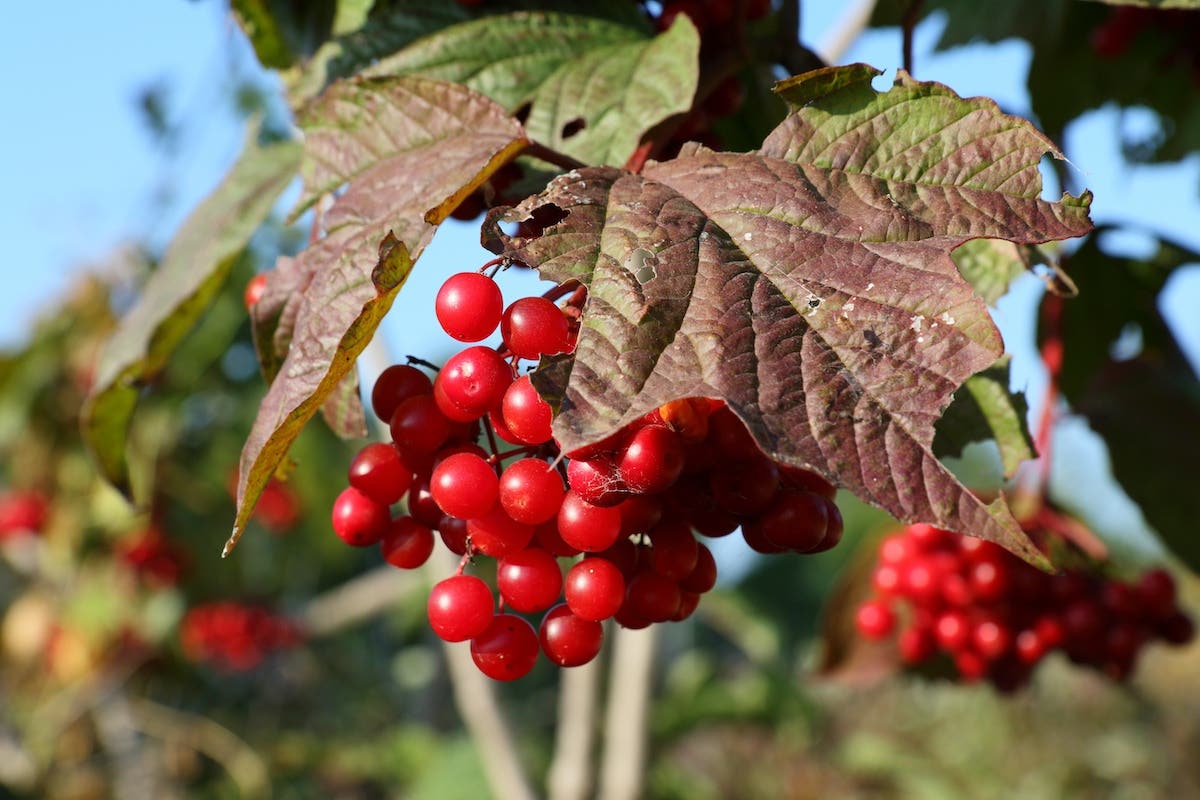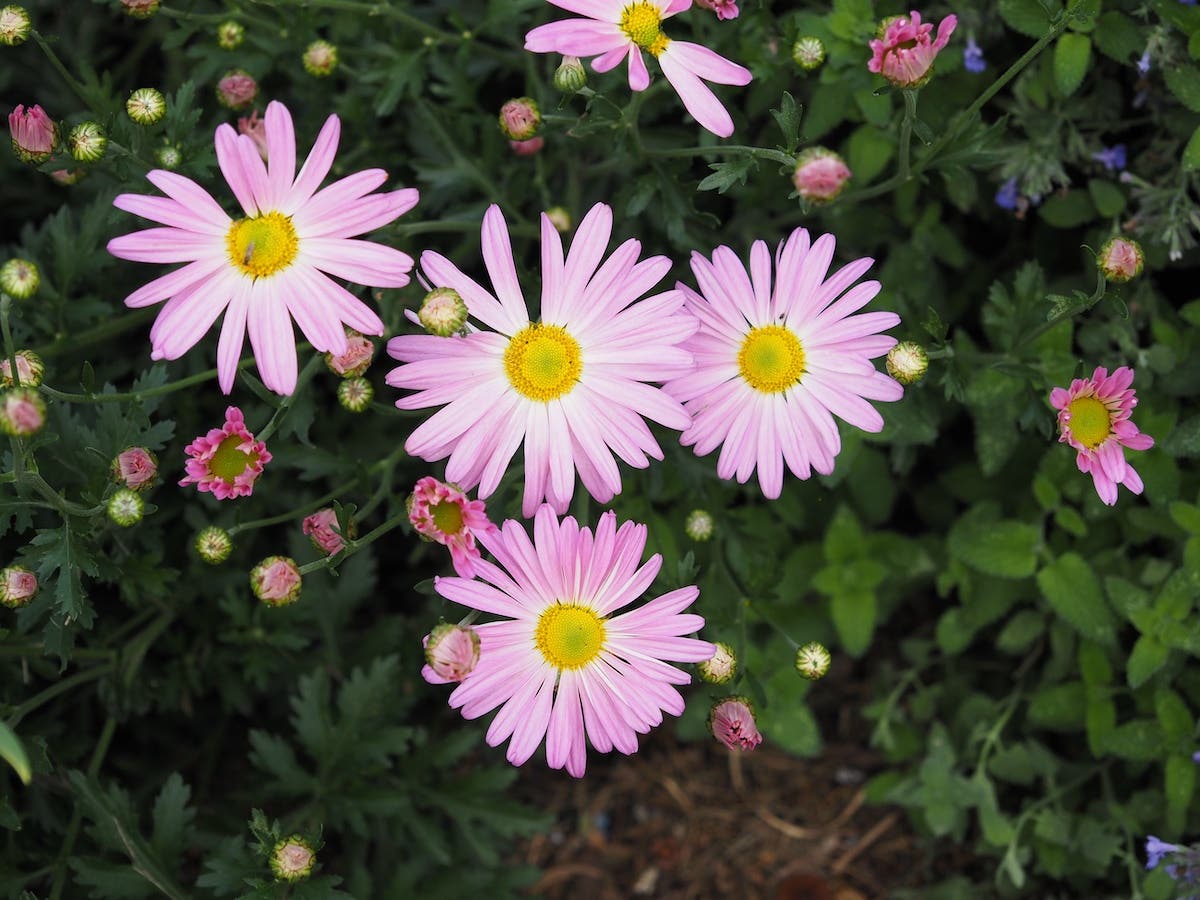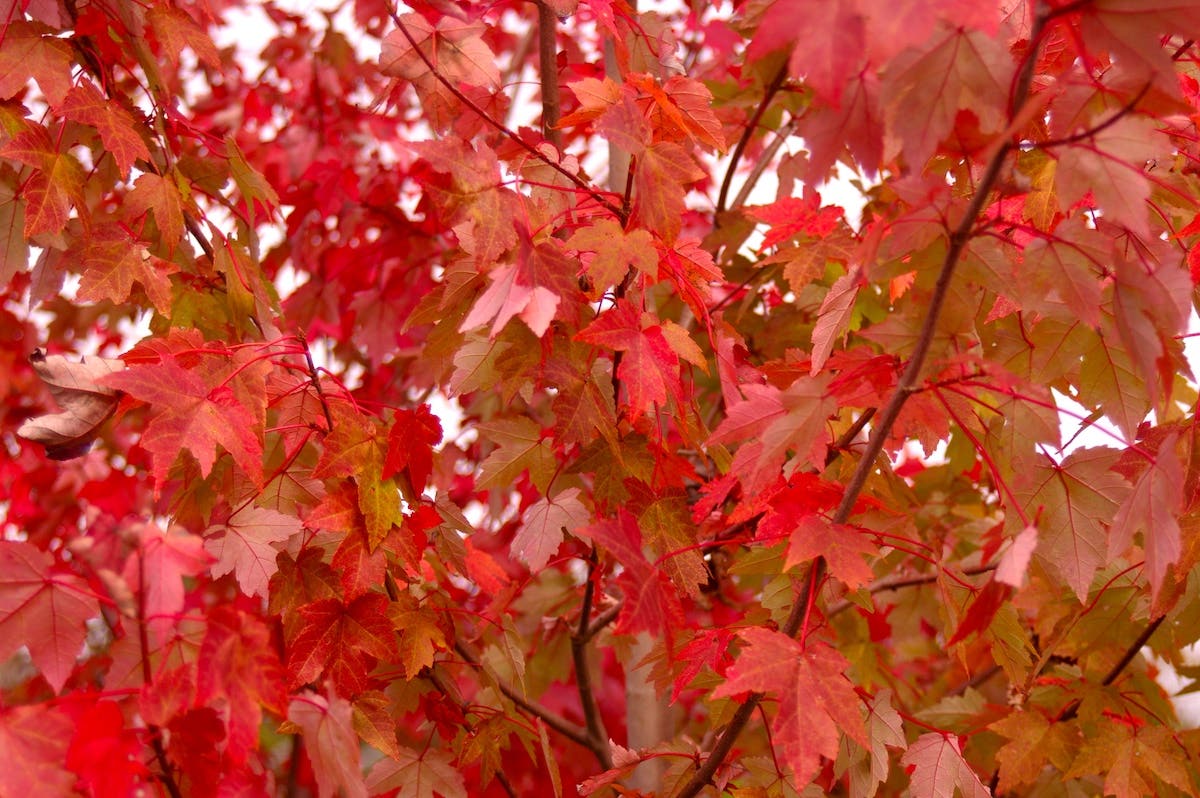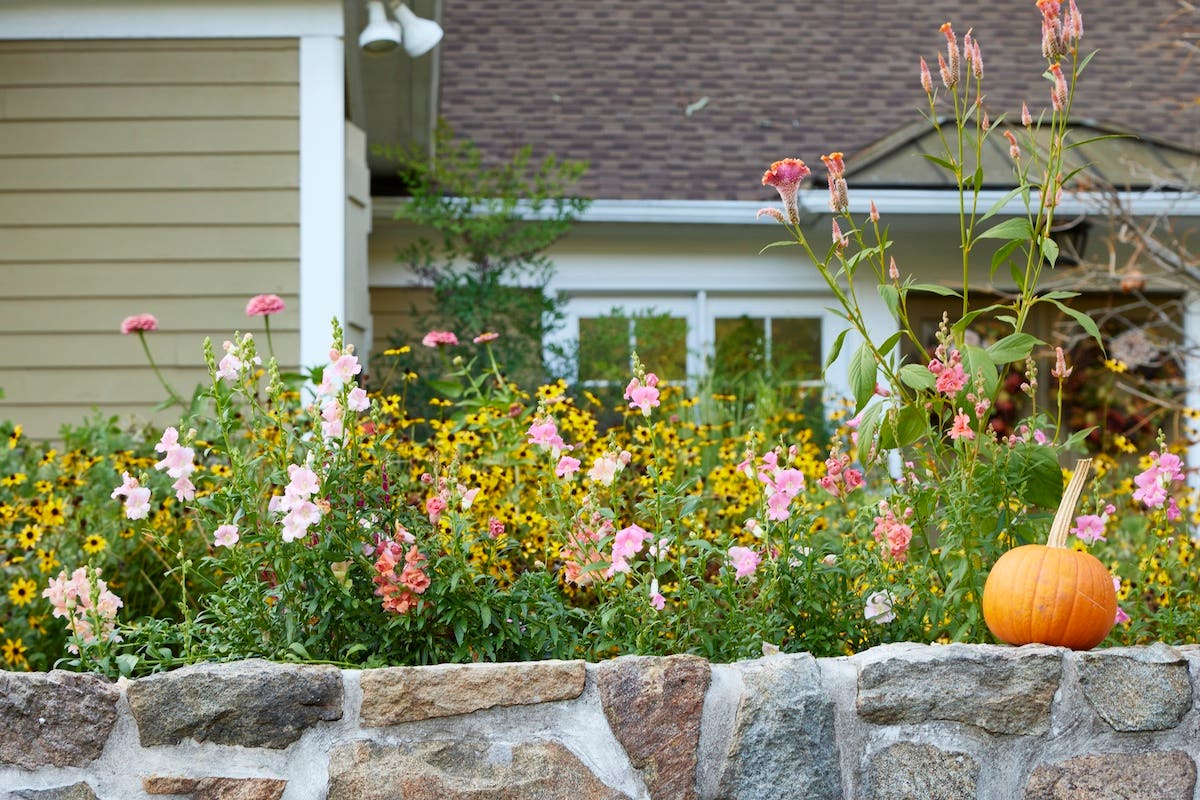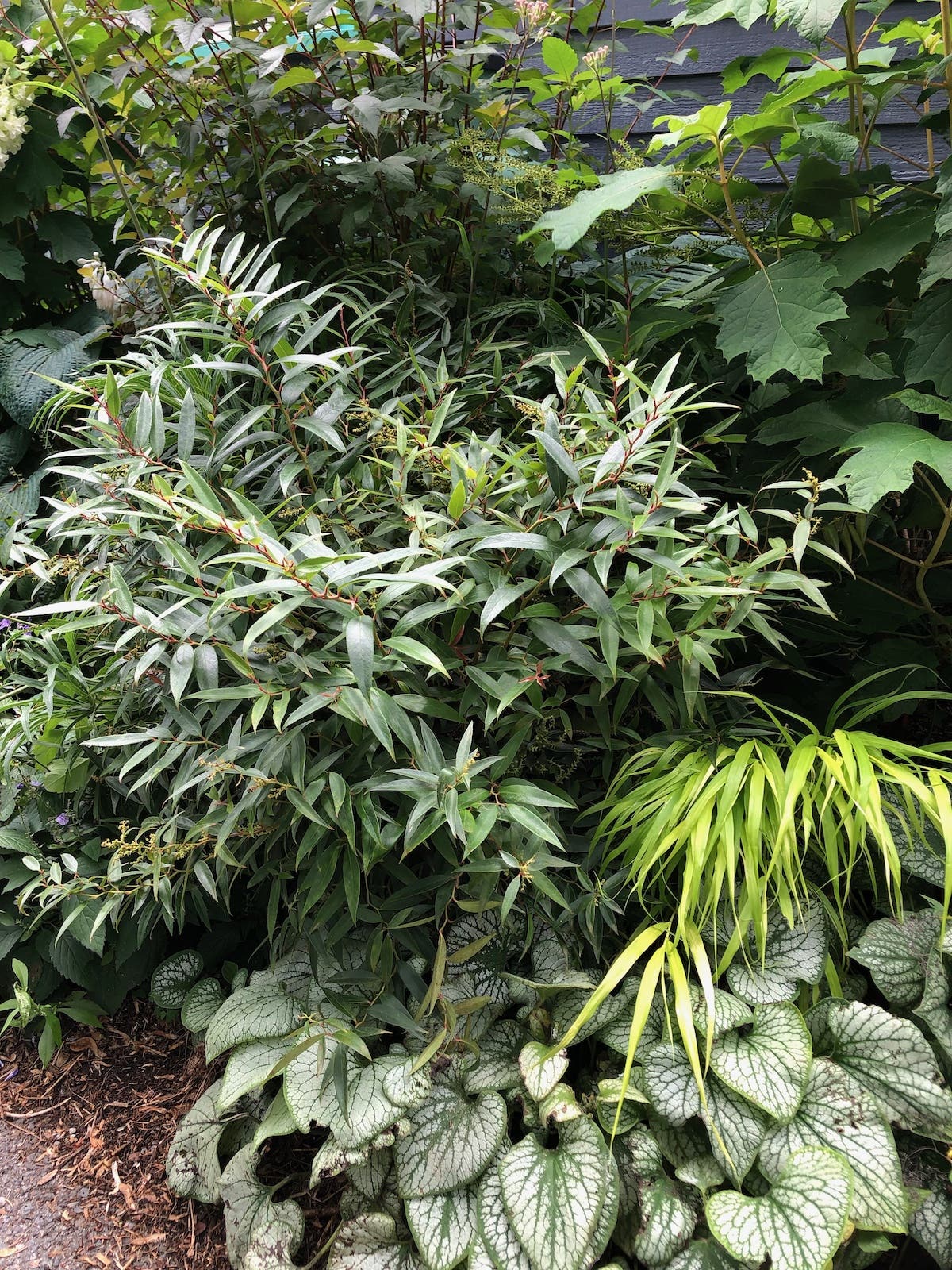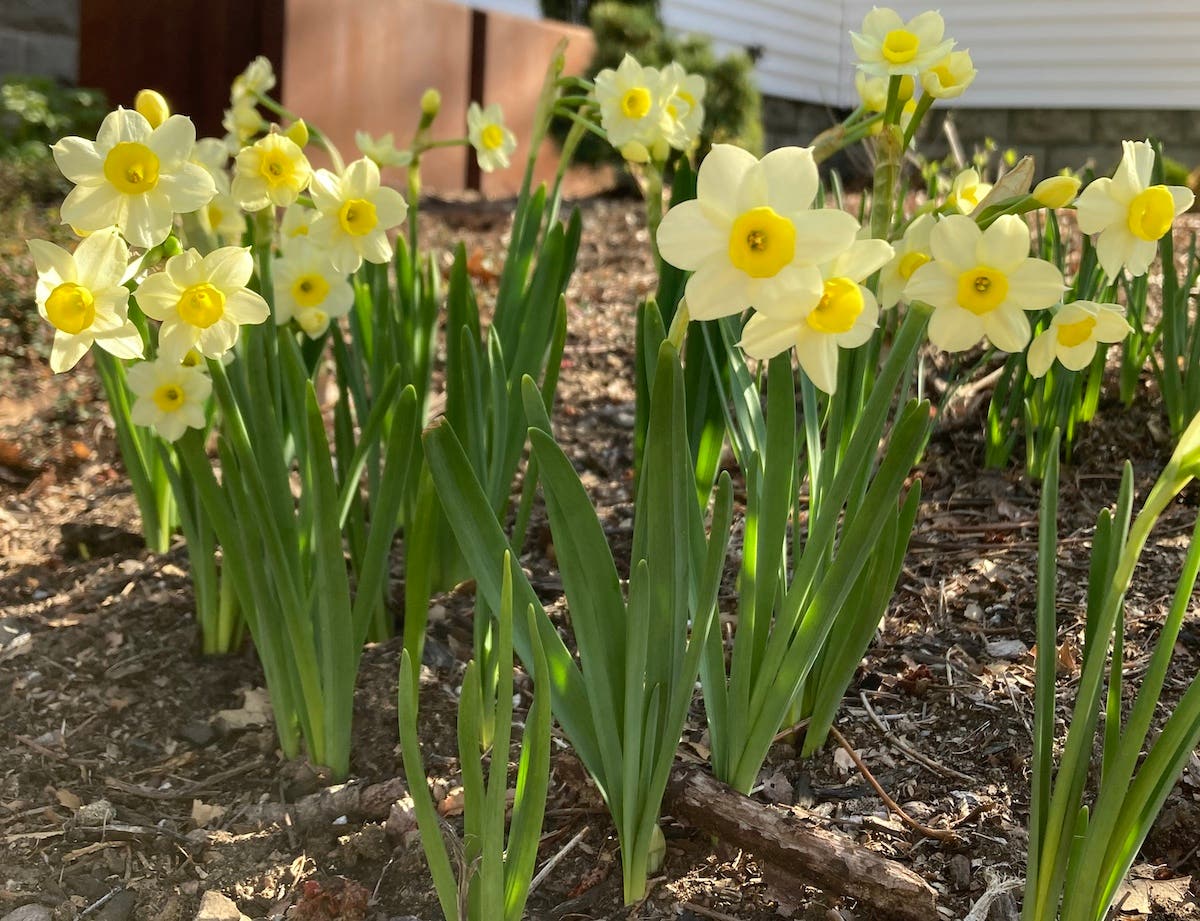Low-Maintenance Plants
What is a low-maintenance plant, plus a list of low-maintenance perennial plants.
You'll often find the term "low maintenance" batted about in gardening articles and descriptions of plants. Low-maintenance plants have their place in the gardens of dedicated, advanced gardeners, beginning gardeners and homeowners who just want to spruce up the yard alike. Low-maintenance plants allow advanced gardeners more time to devote to more challenging plants in other areas of the garden. They help beginning gardeners get a grasp of the basics of gardening. Finally, they let homeowners in general create a nice looking yard without much time commitment.
But what exactly do we mean when we say "low-maintenance plants"? Low-maintenance plants for your region will meet all of the following criteria:
- They are hardy in your USDA Hardiness Zone, so they don't need extra protection or lifting and storing in winter
- They tolerate the local summer, be it hot and humid or dry
- They are suited to your garden's soil type and pH level (acid, neutral or alkaline)
- They prefer the light level in your garden
- They are well matched to the typical precipitation your climate receives, meaning little to no supplemental watering is needed
In addition, regardless of climate, low-maintenance plants generally possess at least a few of the following characteristics:
- They have a natural resistance to pests and diseases
- They do not need staking or complicated pruning or frequent deadheading
- They do not spread aggressively by seed or by stolons (underground stems), meaning they stay where they are put without intervention
- They match your soil's natural fertility, meaning they don't need supplemental feeding
- If they need dividing, it is only every three to five years
- They have a long bloom period, making it easy to design a garden that looks good all season
- Their leaves remain attractive through several seasons, including when they are out of bloom
- They do some sort of job to further reduce garden maintenance; for example, a groundcover that prevents weeds from growing
Here's a list of perennials that can be defined as low-maintenance plants in many regions, though keep in mind that as in all things gardening, climate and siting is key!
Yarrow (Achillea; shown, A. millefolium 'Saucy Seduction')
Agave
Astilbe
Bleeding heart (Dicentra spp.)
Cardinal flower (Lobelia cardinalis) and blue lobelia (L. siphilitica)
Coral bells (Heuchera spp.)
Hardy geraniums, including Geranium macrorrhizum
Daylilies (Hemerocallis)
Hostas, such as 'Pure Heart', 'Loyalist' and 'Sagae'
Monkshoods (Aconitum spp.), such as Aconitum 'Red Wine'
Coneflowers (Echinacea, such as 'Tiki Torch', and Rudbeckia, such as R. hirta 'Indian Summer' and R. 'Herbstonne')
Peonies (Paeonia)
Phlox
Sedum, including low-growing sedum such as Sedum acre and taller "border" sedums
Tickseed (Coreopsis), such as Coreopsis grandiflora 'Presto' and Coreopsis 'Autumn Blush'
Turtlehead (Chelone lyonii)
Yucca, such as soapweed (Yucca glauca), Adam's needle (Yucca filamentosa) and Yucca 'Sapphire Skies'
The Perennial Plant Association is a good source of recommendations for low-maintenance perennials. Each year they highlight one perennial as the Perennial Plant of the Year; it has to be something that grows well with a minimum of input in many regions. Recent Perennial Plants of the Year include Arkansas bluestar (Amsonia hubrechtii; 2011),false blue indigo (Baptisia australis; 2010) and 'Jack Frost' Siberian bugloss (Brunnera macrophylla 'Jack Frost'; 2012). For a full list of winners see the Perennial Plant Association web page on past winners.
Add your favorite low-maintenance plants in the comments section below; let us know your region or climate, too. What other criteria make a plant "low maintenance" to you?
Read about low-maintenance annual plants.
Photo courtesy of Walters Gardens, Inc.
____________________________________________________________________________
Take an online course on Proper Plant Selection & Maintenance. You'll learn how to choose the right plants for each space in your garden plus the best ways to maintain your garden each season, saving time and effort in the long run.
Get a handy visual reference to common garden tasks with Horticulture's illustrated Smart Gardening Techniques downloads.
For more about gardening with perennials, including low-maintenance types, see Horticulture's Perennials CD. It includes four illustrated garden plans to take the guesswork out of designing a garden.


